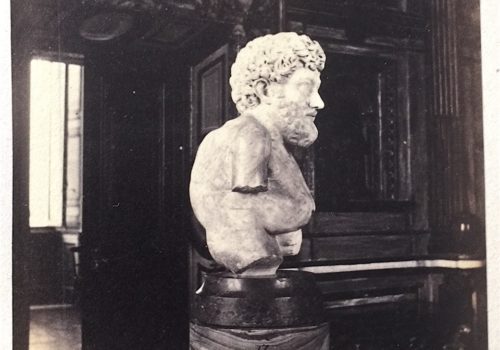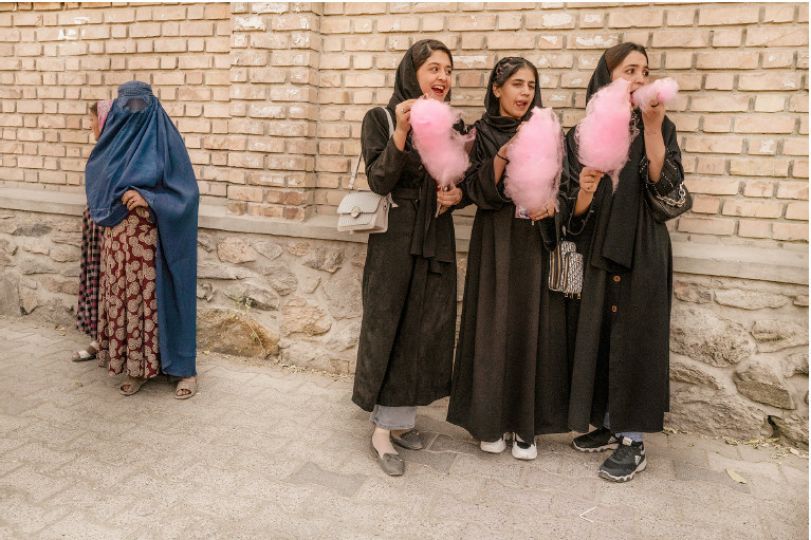The Papal States were territories in the Italian Peninsula under direct Papal sovereignty , from the 8th century until 1870. They were among the major states of Italy from roughly the 8th century until the Italian Peninsula was unified in 1861 by the Kingdom of Piedmont- Sardinia. In March 1861, the first Italian parliament, which met in Turin, declared Rome the capital of the new Kingdom. However, the Italian government could not take possession of the city because a French garnison in Rome protected Pope Pius IX. The city was captured on September 20, 1870. Rome and what was left of the Papal States were annexed to the Kingdom of Italy as a result of a plebiscite the following October, a definite end of the Papal States.
This article is reserved for subscribed members only. If you are already a member, you can log in here below.
Subscribe for full access to The Eye of Photography archives!
That’s thousands of images and articles, documenting the history of the medium of photography and its evolution during the last decade, through a unique daily journal. Explore how photography, as an art and as a social phenomenon, continue to define our experience of the world. Two offers are available.
Subscribe either monthly for 8 euros (€) or annually for 79 euros (€) (2 months offered).
















